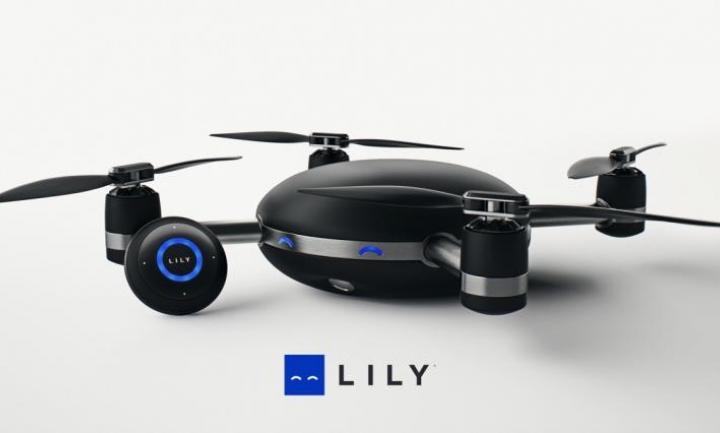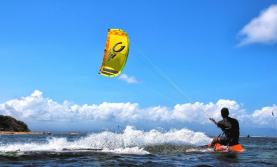Lily Camera Drone: Throw It Into The Air To Activate And Follow You Around
Image

2015 has replaced the act of ‘taking a selfie’ with your smartphone with having drones follow you around and do it for you!
This year has seen a number of new drones that can ‘follow’ you around and capture pictures or record videos. With newer technology and innovations, there are now a number of drones that can take this to the next level.
The newest entrant is the Lily Camera Drone that has a release date set for early 2016 but pre-sale for it began on 12 May. Costing just $499 right now, this drone will sell for double the cost at $999 when it releases.
What sets the Lily Camera Drone apart from the rest?
Henry Bradlow, who is the co-founder of this drone along with Antoine Balaresque, explained some of the drone’s features during a demonstration in a San Francisco park. He said, “It’s a flying camera that you can literally throw in the air and it will start filming you and following you around. It can also take off from the hand or take off from the ground if you like.”
When you throw the Lily Drone into the air, its sensors identify the action and the drone powers on, letting it hover in mid air. You have to throw it up hard enough to give it a couple seconds to start before it falls back on the ground. Though even if it does fall down, the drone will attempt to fly back up.
With an approximately 20 minute flight time, the drone has a range of flying almost 100 feet away from the user and can be as close as 5 feet. The only downfall, for now, is that the drone does not have an obstacle avoidance system, but the company is working on fixing that.
The drone is equipped with a puck-sized device that lets it recognize the intended subject it has to follow around and record. It keeps connected with the locator using WiFi and location through GPS.
“It’s fully waterproof, it fits easily in a backpack, it shoots 1080P 60 fps and 720P 120 fps for 4 times slow motion,” Bradlow added.
The camera has been integrated into the body of the Lily drone, and that is what has made it a possibility to be completely waterproof. It also has a microphone embedded into the locator device so the user can also record audio, which can later be combined with the recorded video. This is one of the differences that the Lily drone offers as opposed to other drones because most other drones can only record sound that is coming from their own engines.
The puck has also been programmed to try and change its recording setting depending on what the user is doing. So for instance, if you are doing a flip on the snowboard and the drone is recording you, it will change the camera setting to slow motion to capture the flip better.
“As a user, you’d use it in outdoor environments like an open snowboarding run or surfing or a soccer field,” said Bradlow. “We’re hoping to introduce this in later versions of the product.”





